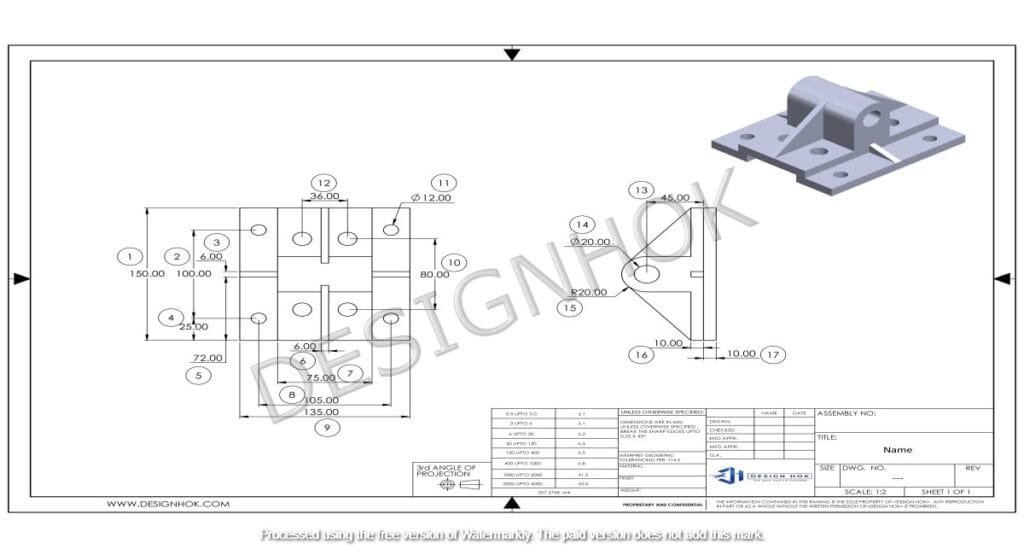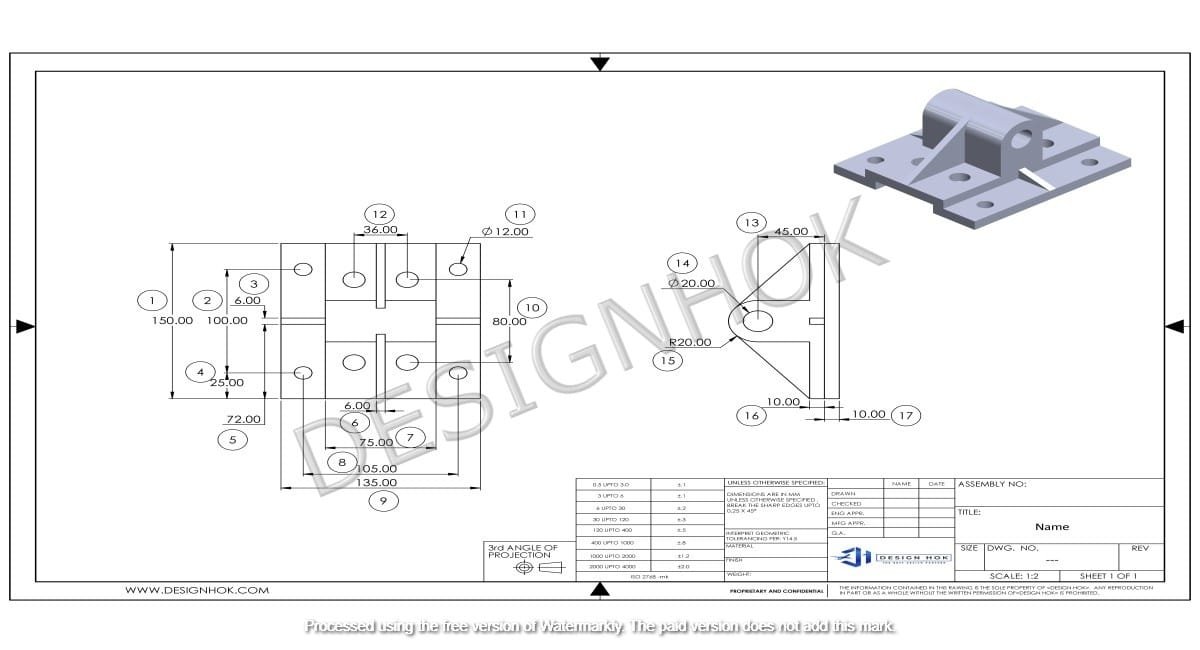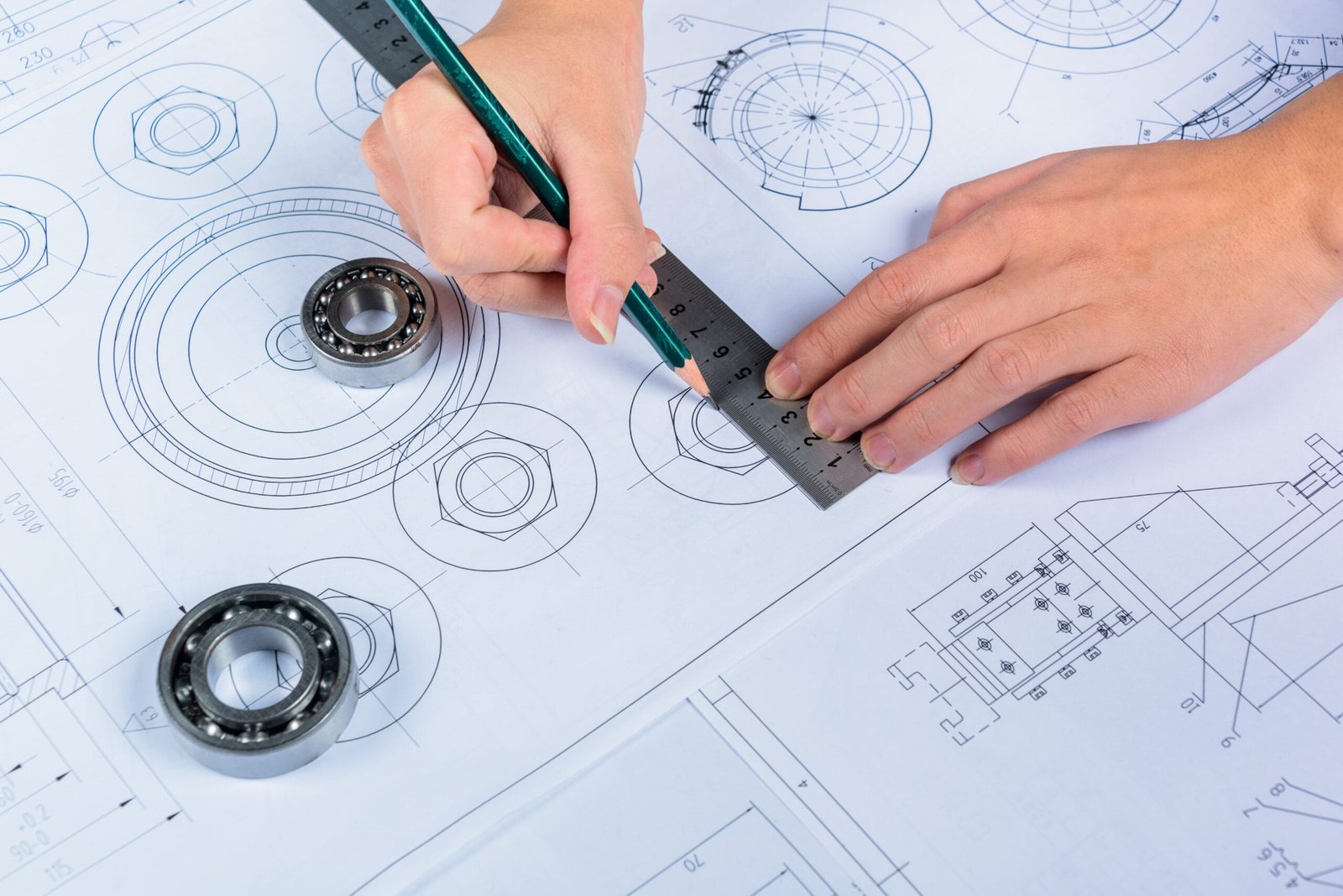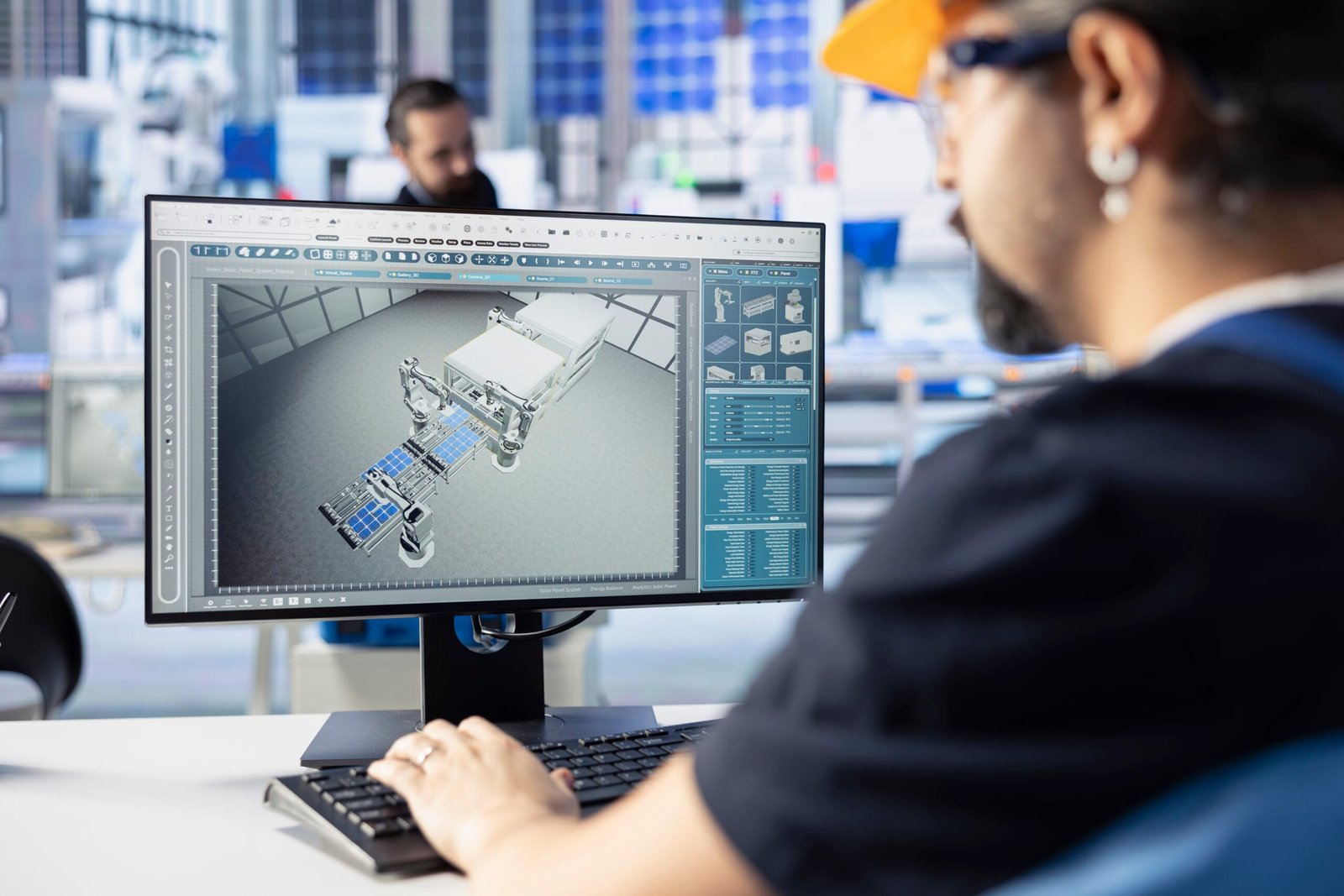Description
3D Design Tools for Engineers tools have revolutionized the way engineers create, analyze, and optimize designs. From mechanical components to complex architectural structures, these tools offer precision, efficiency, and flexibility. At DesignHOK, we specialize in leveraging cutting-edge 3D design software to deliver high-quality engineering solutions. This blog explores the best 3D design tools for engineers, their applications, and why they are essential in modern engineering.
Introduction to 3D Design Tools for Engineers Tools
In today’s competitive engineering industry, 3D design tools have become an integral part of product development. These tools allow engineers to create detailed models, simulate real-world conditions, and refine their designs before physical production. Whether designing machinery, consumer products, or large-scale infrastructure, 3D design software enhances accuracy, reduces costs, and accelerates innovation.
Why Engineers Need 3D Design Tools
- Precision and Accuracy: Eliminates errors in design calculations.
- Visualization: Provides realistic previews of models before manufacturing.
- Simulation & Testing: Helps engineers analyze stress, thermal properties, and durability.
- Efficiency: Reduces time spent on manual drafting and rework.
- Cost-Effectiveness: Minimizes material waste by optimizing designs before production.
At DesignHOK, we use advanced 3D Design Tools for Engineers software to provide top-tier solutions for mechanical design, 3D modeling, and rendering projects.

Top 3D Design Tools for Engineers
1. AutoCAD
AutoCAD, developed by Autodesk, is one of the most widely used CAD software for 2D and 3D design. Engineers use AutoCAD to create detailed blueprints, mechanical components, and architectural designs.
Key Features:
- Advanced 3D modeling capabilities.
- Parametric design for efficient modifications.
- Integration with other Autodesk software for seamless workflows.
- Extensive library of engineering tools.
Why Engineers Use It:
AutoCAD is a versatile tool that supports both 2D and 3D design, making it ideal for mechanical, civil, and electrical engineering projects.
2. SolidWorks
SolidWorks is a powerful 3D CAD software known for its intuitive user interface and parametric modeling capabilities. It is widely used in product design, manufacturing, and mechanical engineering.
Key Features:
- 3D modeling with advanced simulation tools.
- Sheet metal design and weldment tools.
- Motion analysis and stress testing.
- Integration with CAM software for CNC machining.
Why Engineers Use It:
SolidWorks offers a comprehensive set of tools for designing complex mechanical parts and assemblies, making it a preferred choice for mechanical engineers.
3. CATIA
CATIA, developed by Dassault Systèmes, is used in aerospace, automotive, and industrial design. It is a high-end tool for 3D Design Tools for Engineers , simulation, and digital prototyping.
Key Features:
- Advanced surface modeling and engineering analysis.
- Cloud-based collaboration for large teams.
- Real-time visualization and simulation.
- Used by industry giants like Boeing and Tesla.
Why Engineers Use It:
CATIA is ideal for industries requiring highly detailed and precise designs, making it a favorite among aerospace and automotive engineers.
4. PTC Creo
PTC Creo is a feature-rich CAD software offering parametric and direct modeling capabilities. It is widely used in product design and mechanical engineering.
Key Features:
- Generative design for AI-driven optimization.
- Augmented reality (AR) visualization.
- Integrated simulation and analysis tools.
- Advanced sheet metal and mold design.
Why Engineers Use It:
PTC Creo is great for engineers who require flexibility in modeling, along with powerful simulation tools for real-world performance testing.

5. Fusion 360
Fusion 360, also from Autodesk, is a cloud-based CAD/CAM/CAE software that combines design, engineering, and manufacturing tools in one platform.
Key Features:
- Cloud collaboration for remote teamwork.
- Integrated CAM tools for manufacturing.
- Generative design for optimized performance.
- Simulation and motion analysis.
Why Engineers Use It:
Fusion 360 is an excellent choice for engineers working in startups or small businesses due to its affordability and comprehensive features.
6. Siemens NX
Siemens NX is a powerful tool used in high-end engineering applications, including automotive and aerospace industries.
Key Features:
- Advanced CAD, CAM, and CAE capabilities.
- Synchronous modeling for real-time design changes.
- Digital twin technology for simulations.
- High-performance rendering and visualization.
Why Engineers Use It:
Siemens NX is preferred for projects that demand extreme precision and integration with PLM (Product Lifecycle Management) systems.
7. Rhino 3D
Rhino 3D is a versatile software known for its ability to handle complex geometries and freeform modeling.
Key Features:
- NURBS modeling for intricate surfaces.
- Plugin support for engineering and design enhancements.
- Compatibility with multiple file formats.
- Suitable for architecture, product design, and industrial engineering.
Why Engineers Use It:
Rhino 3D is widely used in industries where organic shapes and complex surfaces are essential, such as industrial design and automotive styling.
Choosing the Right 3D Design Tool
Selecting the right 3D design software depends on:
- Industry Requirements: Automotive, aerospace, mechanical, or architectural.
- Project Complexity: Basic modeling vs. advanced simulations.
- Budget: Some tools are expensive, while others offer cost-effective solutions.
- Collaboration Needs: Cloud-based tools are great for remote teamwork.
At DesignHOK, we use a combination of these tools to deliver high-quality design solutions tailored to client needs.
Conclusion
3D design tools have transformed the engineering landscape, enabling engineers to create, simulate, and refine designs with unmatched precision. Whether you are designing mechanical components, architectural structures, or consumer products, having the right software is crucial. DesignHOK utilizes state-of-the-art 3D design tools to provide industry-leading solutions. By leveraging the power of AutoCAD, SolidWorks, CATIA, and other advanced software, we ensure accuracy, efficiency, and innovation in every project.
For expert 3D design services, contact DesignHOK today!
FAQs
1. What is the best 3D design software for engineers?
The best software depends on the industry and project needs. AutoCAD, SolidWorks, CATIA, and Fusion 360 are among the most popular choices for engineers.
2. Is AutoCAD good for 3D design?
Yes, AutoCAD offers powerful 3D modeling tools, but it is primarily known for its 2D drafting capabilities. For more advanced 3D modeling, SolidWorks or CATIA may be better.
3. Can I use Fusion 360 for professional engineering projects?
Yes, Fusion 360 is widely used for professional engineering projects, especially for startups and small businesses. It offers a range of CAD, CAM, and CAE tools.
4. How does CATIA differ from SolidWorks?
CATIA is more advanced and is used in aerospace and automotive industries for highly detailed models, while SolidWorks is more user-friendly and suited for mechanical design and manufacturing.
5. Why do engineers prefer 3D design over 2D drafting?
3D design offers better visualization, accuracy, and simulation capabilities, reducing errors and improving efficiency in engineering projects.





